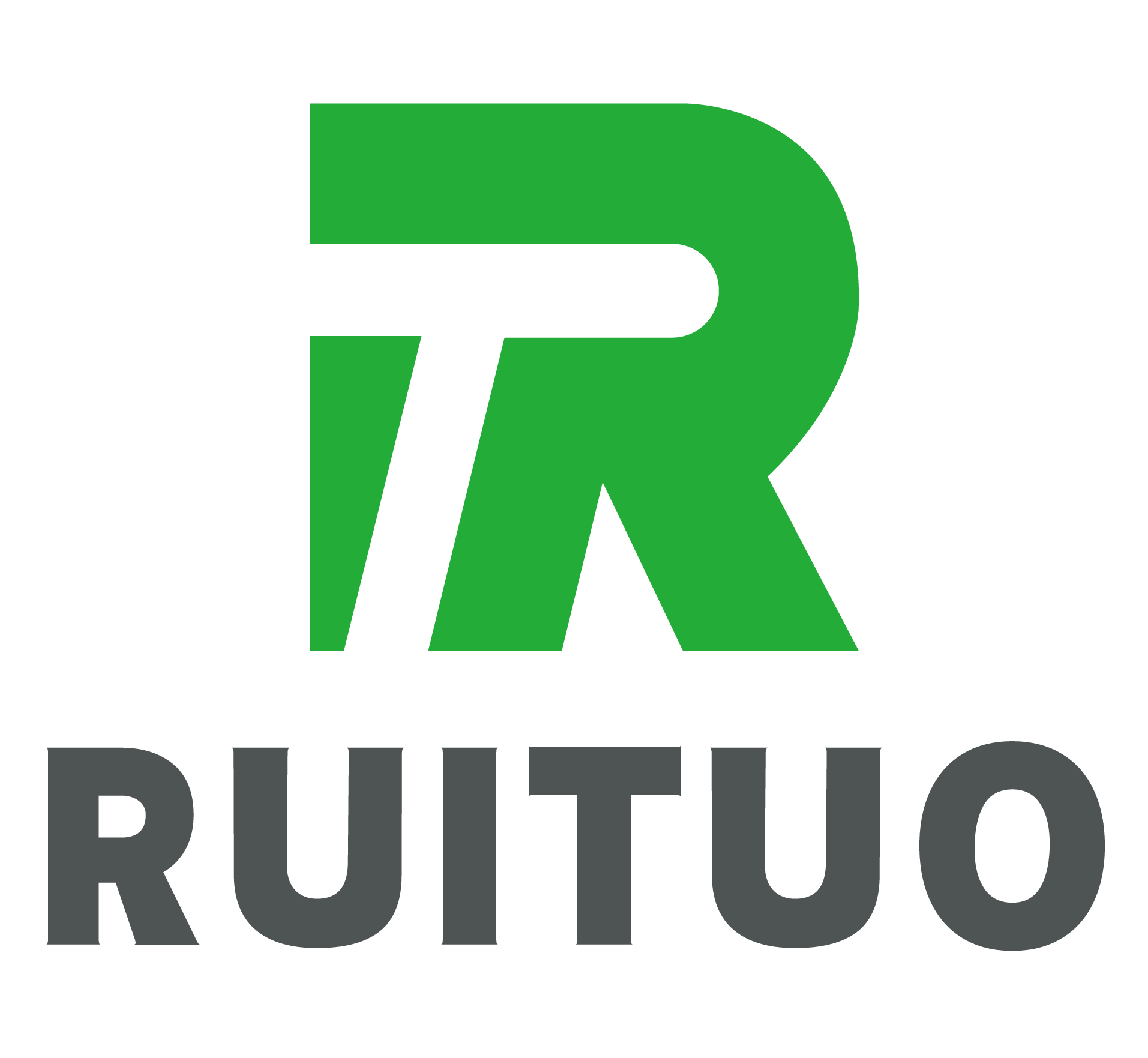As energy prices continue to rise globally, many industrial businesses are turning to solar energy systems to reduce operational costs and improve long-term sustainability. For factories and processing plants—whether in manufacturing, food processing, or slaughterhouse operations—solar power offers a practical way to gain energy independence, lower electricity expenses, and achieve a measurable return on investment (ROI).
Nowadays, many Chinese businesses are gradually emerging in the field of new equipment. Many Chinese products have gained recognition, ranging from small data cables to various heavy industrial equipment, and have reached world-class standards. If you are interested in starting your own business, please contact us!
This article explains how industrial facilities can benefit financially and strategically from solar installations, highlighting real examples and essential planning considerations.
Understanding the ROI of Industrial Solar Systems
Unlike residential installations, industrial solar projects are large-scale investments. However, the payback period is often shorter than expected due to rising electricity costs and government incentives.
Key factors influencing ROI include:
- Electricity rate offset: Solar panels reduce dependence on grid power, directly lowering monthly utility costs.
- Peak-demand savings: Factories operating during daylight hours use solar energy at the most expensive times, maximizing financial return.
- Incentives and tax benefits: Many countries offer tax credits, feed-in tariffs, or renewable energy certificates to encourage solar adoption.
- System lifetime: High-quality photovoltaic (PV) systems can operate efficiently for 20–25 years, generating long-term savings.
Typical ROI:
Most industrial solar systems achieve a payback period of 4–7 years, after which the electricity generated is effectively free. Over two decades, that can represent up to 60–80% reduction in energy costs.
Energy Independence and Operational Stability
Energy independence is one of the most valuable outcomes of a solar installation. By generating their own electricity, factories can:
- Reduce exposure to power price fluctuations and regional energy shortages.
- Maintain production continuity during grid instability or peak-demand restrictions.
- Plan long-term budgets with predictable energy costs.
When paired with battery storage, solar systems can power critical equipment during outages, ensuring stable operations for sensitive processes such as refrigeration, automated machinery, or slaughter line controls.
Environmental and Brand Benefits
Beyond cost savings, solar power helps companies strengthen their corporate sustainability image and meet international ESG (Environmental, Social, and Governance) expectations.
For industries such as meat processing—often energy-intensive—demonstrating environmental responsibility can improve brand reputation, attract eco-conscious partners, and satisfy export market requirements.
Real-World Examples of Factory Solar Projects
Across the world, manufacturers and processing plants are adopting solar systems as part of their modernization strategy.
- Food Processing Plant in Germany: Installed a 2 MW rooftop PV system, covering 40% of its electricity demand and saving approximately €250,000 annually.
- Textile Factory in India: Combined solar panels with smart inverters to manage variable loads, achieving energy independence during daylight hours.
- Slaughterhouse in South Africa: Integrated a rooftop and carport solar system producing 60% of total energy use, cutting carbon emissions and power bills significantly.
These projects demonstrate that solar energy is not just environmentally responsible—it’s economically strategic.
Key Considerations Before Installation
Before installing a solar system, industrial operators should assess:
- Roof or ground space availability: Sufficient area is needed for optimal sunlight exposure.
- Energy consumption patterns: Analyze peak usage to size the system accurately.
- Local regulations and incentives: Check for government support programs or tax exemptions.
- Maintenance planning: Choose durable, low-maintenance systems with long warranties.
Working with experienced engineers ensures the installation is safe, compliant, and tailored to factory conditions.
The Long-Term View
Solar energy should be seen as a strategic infrastructure investment rather than a short-term project. Over decades of operation, it can deliver:
- Consistent cost reduction
- Greater operational reliability
- A cleaner environmental footprint
As industries modernize, integrating solar power into production facilities will become a key driver of competitiveness and resilience.
Conclusion
For industrial facilities—from slaughterhouses to manufacturing plants—solar energy systems represent a powerful opportunity to cut costs, gain energy independence, and enhance sustainability.
With falling installation costs, proven technology, and global support policies, investing in solar is no longer just an environmental decision—it’s a financial one that secures long-term growth.
